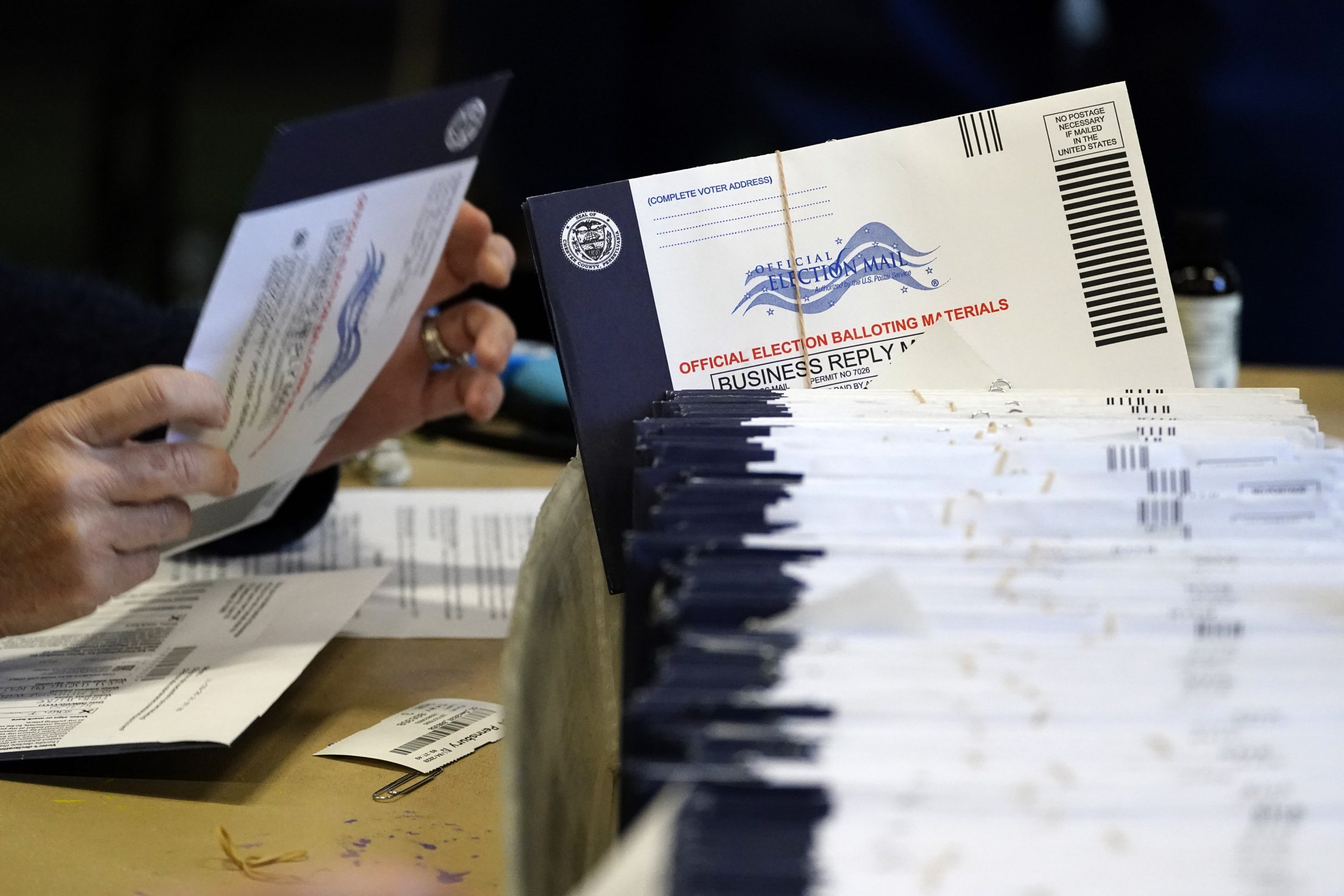TORONTO — If Canadians needed any reminders that our neighbours to the south are more strangers than kin, the highly divisive U.S. election provided an unnerving wake-up call.
The razor-thin margins and ongoing uncertainty in several U.S. voting districts caught many Canadians off-guard, just as it did mainstream media outlets predicting a blue wave led by Democratic Vice President Joe Biden.
Despite our deep cultural, social, and familial ties to the United States, big differences persist in the general swath of personal and collective values that shape each country.
That appears especially true when it comes to COVID-19 and President Donald Trump’s widely criticized handling of the pandemic, with polls suggesting the U.S. electorate believed it less pressing than issues concerning the economy and race.
Here’s a look at some lingering questions for Canadians surprised, baffled and possibly confused by the divided nation next door:
WHO IS AMERICA, REALLY?
Canadians arguably consume more U.S. media, books, art, pop culture, and entertainment than any other non-U.S. nation but if anything, that’s likely provided little insight into the true American, suggests Frank Buckley, a law professor at George Mason University in Arlington, Va.
Mainstream media has simply failed to capture the true tenor of the U.S. electorate, says the Saskatchewan-born Buckley, a former campaign advisor for Trump in 2016.
He derides outlets including the New York Times and Washington Post for favouring Biden, and says most observers trying to make sense of the United States do so through “a biased source.”
“If you’re an outsider, you have perhaps an even more distorted view because what you’re getting is an official media voice, and what you’re not getting is what people are thinking privately to themselves or writing about on Twitter and the like,” says Buckley.
Ottawa political scientist and author David Moscrop also suggests Canadians are especially susceptible to propaganda, which sometimes leads us to “caricature.”
“There are elements in the United States who consistently try to create an image of the country as a ‘shining city on a hill,’ to borrow a phrase from (late former U.S. President Ronald) Reagan,” says Moscrop, author of “Too Dumb for Democracy? Why We Make Bad Political Decisions and How We Can Make Better Ones.”
“The U.S. has a long history of extraordinarily troubling behaviour — domestically and abroad — and we seem to continually forget that year after year. All the problems that you’re seeing today in the United States are old problems.
“Trump has exacerbated them, he’s taken them to new levels in some cases, but he didn’t invent them.”
TWO SOLITUDES
Of course, the vote count is ongoing so we have yet to know how far or close the polls might have been in predicting the outcome.
While it’s possible the results could tilt to Biden as expected, Moscrop acknowledges “it’s certainly not going to be anywhere near the more optimistic Biden blue wave.”
Still, Moscrop says divisions between U.S. Democrats and Republicans are stark and distinct.
“The Republicans did not care about things that Democrats cared about — for instance, racial equality and the coronavirus didn’t rank high for Republicans. They ranked quite high for Democrats. The economy always ranks high for everyone.”
Meanwhile, Buckley suggests such strong partisanship doesn’t exist in Canada, where he sees more similarities than differences between the Liberals and Conservatives.
“The Tories in Canada right now differ importantly from the Liberals in certain matters such as corruption … but, you know, in general the policies are similar. Nobody’s going to want to touch medicare for example,” says Buckley.
“Here on the other hand, you had these enormous policy divisions. And that’s what’s unique about America.”
MICRO-TARGETING THE VOTE
Tapping into what matters to America’s vast and diverse minority populations is a complex matter.
Buckley says that was most notable among Latino voters, credited with propelling each candidate to victories, depending on which state you looked at — such as Arizona, which turned blue.
But in Florida, Trump’s triumph was largely credited to Cuban Americans and other Latin American voters, underscoring for many observers the maxim that Hispanics are not a monolith.
“The racial groups are kind of interesting because Latinos ended up shifting a large part of their votes to the Republicans this time around,” says Buckley.
“And Trump won many more Latinos — the only group he lost was white males. He was five points down from 2016 on white males.”
Trump’s depiction of Biden as a leader who would usher in socialism seemed to especially hit home with Cuban and Venezuelan American voters in south Florida, agrees Sam Tanenhaus, a visiting professor at the University of Toronto’s Munk School of Global Affairs.
But Tanenhaus sees it as another example of the mainstream media’s failure to pick up on the diversity that exists even within perceived voting blocks.
“You know they’d been planning that (Florida) campaign for months and months and we never heard about it because instead we have a kind of Ivy League idea of who minority populations are and what they think and what we expect of them,” says Tanenhaus, a journalist, author, historian and writer with credits in Vanity Fair, Time, and the New York Times.
“And it just doesn’t work all the time — or even a lot of the time. And we keep doing it.”
THE ELECTORAL COLLEGE
The odd system used to determine the presidency is yet another electoral quirk unique to our friends south of the border, and it has come under renewed scrutiny by some who deem it unfair.
As Moscrop explains, U.S. voters don’t so much vote for the president but for electors in each state who then cast a vote for the president. Candidates need to secure 270 of the 538 votes available, giving rise to intense battles in key states that can put their tally over the top, regardless of the popular vote.
“And it’s winner-take-all in the sense that if you get to, or pass, 270 you win,” he says, referring to a controversial aspect that effectively discounts votes that did not go to the winning candidate.
Other critics complain it gives outsized representation power to smaller states with smaller populations and puts undue campaign focus on hotly contested swing states.
Moscrop adds that you rarely get a case where a government isn’t made up of the party that also received the most votes, but it does happen.
In 2016, Hillary Clinton secured popular support by almost three million votes, but nevertheless lost to Trump when he collected 306 electoral votes.
“The fact is the U.S. has a weird, ridiculous system that no one else uses,” says Moscrop.
This report by The Canadian Press was first published Nov. 4, 2020.
Cassandra Szklarski, The Canadian Press














